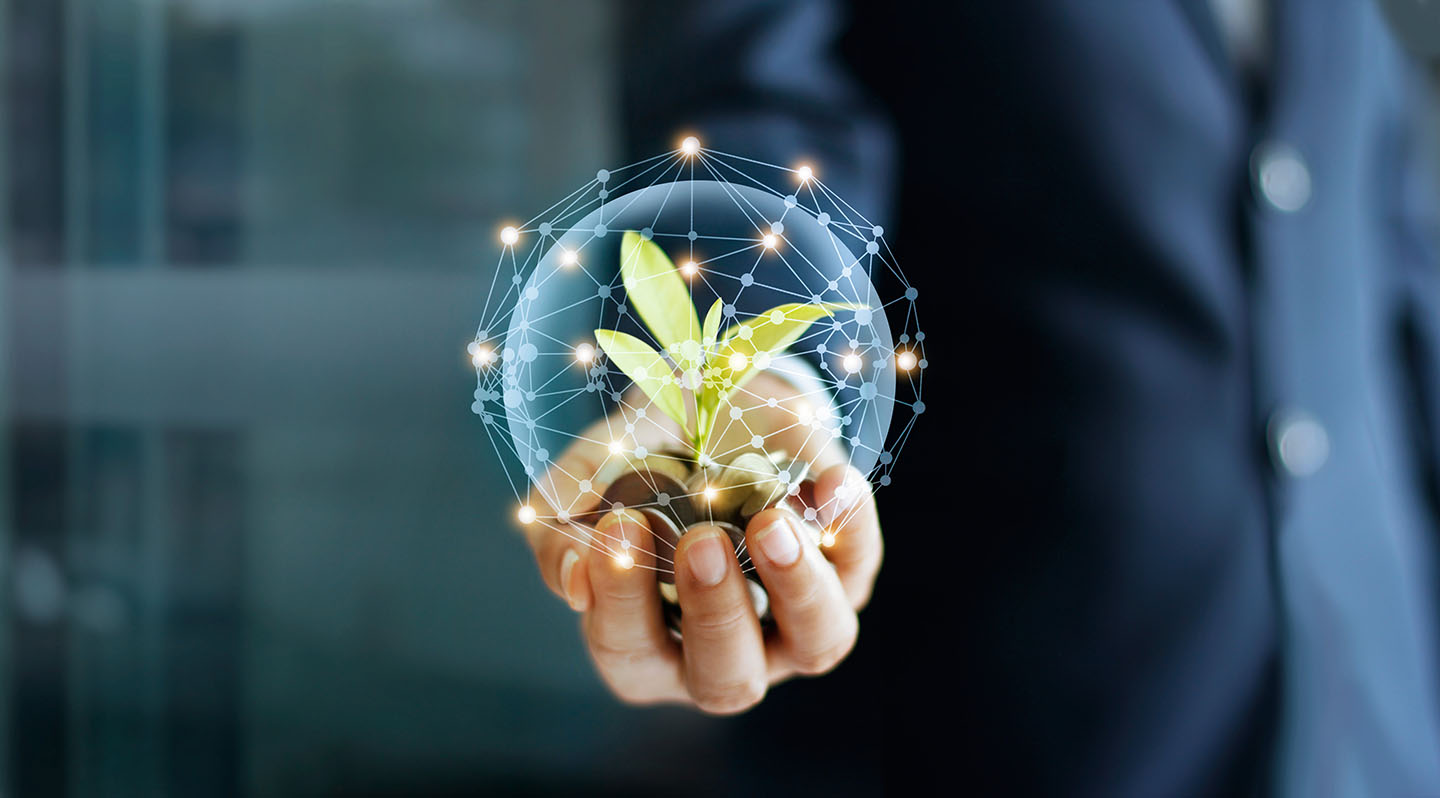SEBI Strengthens Framework for Green Bonds

The Securities and Exchange Board of India (SEBI), which is in charge of regulating the markets in India, decides to strengthen the framework for green bonds by introducing blue bonds and yellow bonds as new ways of sustainable financing.
Blue bonds are associated with water management and the marine sector, whereas yellow bonds are related to solar energy. These are different types of green debt securities.
In addition, to address 'green washing' concerns, the regulator will establish the essential dos and don'ts regarding green debt securities, SEBI said in a release following its board meeting.
Greenwashing is when money from green bonds is used for projects or activities that don't help the environment very much.
Also, the watchdog will strengthen the framework for green bonds by broadening the definition of "green debt security" to include new ways to finance pollution prevention and control and make eco-friendly products.
These steps were taken because India and the rest of the world are becoming more interested in sustainable finance and bringing the existing framework for green debt securities in line with the updated Green Bond Principles (GBP) that are recognised by IOSCO.
The release said that SEBI would introduce the idea of "blue, yellow, and transition bonds as sub-categories of green debt securities."
Green Debt Securities (GDS) are defined by the regulatory framework as debt securities issued to raise funds for projects or assets that fall into specific categories.
Environmental, Social, and Governance (ESG) and "Green" bonds helped Indian companies raise almost USD 7 billion in 2021, compared to USD 1.4 billion in 2020 and USD 4 billion in 2019.
Most of the green bonds issued by Indian issuers are listed on exchanges outside India. This is because issuers find it more appealing to list on bourses that are not governed by Sebi.
In a consultation paper it put out in November, Sebi said that figuring out what is "green" consistently and reliably has been one of the greatest hurdles for further growth.
Source: Outlook

